Abstract
In today's fast-paced business climate, companies must make quick decisions to win new business, maintain existing relationships, and build on the trust and goodwill earned over time. However, because of the complexity of existing business logic, adjusting or improving applications takes careful planning and time to implement any needed changes effectively.
An integrated sense-and-respond solution provides awareness through events, direction through decisions, actions through processes, and insight through analysis. As described in this IBM® Redbooks® Solution Guide, this simplified solution demonstrates how you can structure advanced applications around business process management concepts and methodologies to provide decision-making capabilities that are based on real-time data analysis.
Contents
In today's fast-paced business climate, companies must make quick decisions to win new business, maintain existing relationships, and build on the trust and goodwill earned over time. However, because of the complexity of existing business logic, adjusting or improving applications takes careful planning and time to implement any needed changes effectively.
An integrated sense-and-respond solution provides awareness through events, direction through decisions, actions through processes, and insight through analysis. This simplified solution demonstrates how you can structure advanced applications around business process management concepts and methodologies to provide decision-making capabilities that are based on real-time data analysis. Figure 1 shows the Warranty Exception Process that is used in this guide.
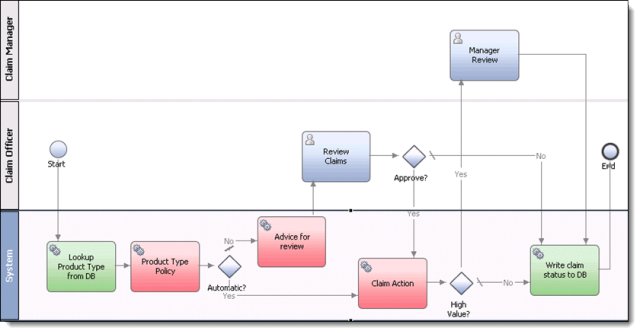
Figure 1. Warranty Exception Process diagram
Did you know?
The notion of process optimization has been around for almost a century, considering that the concept started during the Industrial Revolution through specialization. Thought leaders worked on streamlining their processes to produce goods, whether physical or natural, to get more to market at a lower cost. After the world economy became industrialized, business leaders started to adopt this concept wholeheartedly over the past decade, because they needed help to manage the interactions between system and humans. This discipline is called business process management (BPM).
Business value
The business scenario in this guide involves a warranty reporting solution that accepts post-purchase claims for product repair or replacement from a customer and processes all claims by using an online reporting tool. This tool is the front end to a software solution that uses information that is provided by the customer by using the warranty claim to determine the appropriate course of action that the business should take (refund, repair, or replacement) and to track and report claim trends. Through this analysis, product teams and managers can understand common problems in order to correct or improve the problematic feature or functions in future releases.
The scenario consists of the following steps:
- A customer provides the serial number of a purchased product and chooses the claim type by using the online reporting tool.
- When the tool logs each claim, if it records multiple claims for the same serial number in quick succession, it triggers an event, which indicates that these claims must be examined together.
- Upon receipt of each claim, the event manager launches a business process to initiate the warranty review.
- This process invokes the business rules system to assess each event and to invoke the appropriate actions per the documented warranty policies. That is, a claim can be processed automatically, or similar claims require special handling.
- This process also writes the claim status to an attached database.
- The information that is gathered during the warranty review process is consolidated in reports through the decision support system, which is accessible by web browser or mobile device.
This scenario demonstrates how business leaders can use events through well-defined processes to create awareness, make decisions, and act accordingly to become more flexible in facing rapidly changing business situations. Common problems can be addressed automatically, and unique concerns can be explored and resolved by decision makers who can act tactically and strategically by using integrated reporting and analysis.
Solution overview
In the warranty reporting solution, IBM® Business Process Manager, IBM WebSphere® Operational Decision Manager, and IBM Cognos® Business Intelligence are integrated to create situational awareness, action, and insight. The solution also uses IBM Rational® tooling to manage the complexities that are associated with developing and deploying advanced applications. IBM Solution for Collaborative Lifecycle Management provides integration across products based on IBM JAZZ™ tools to connect the work of analysts with development and test teams, which enables them to validate solution requirements and produce solution artifacts more efficiently.
Figure 2 illustrates the architecture for the warranty reporting solution.
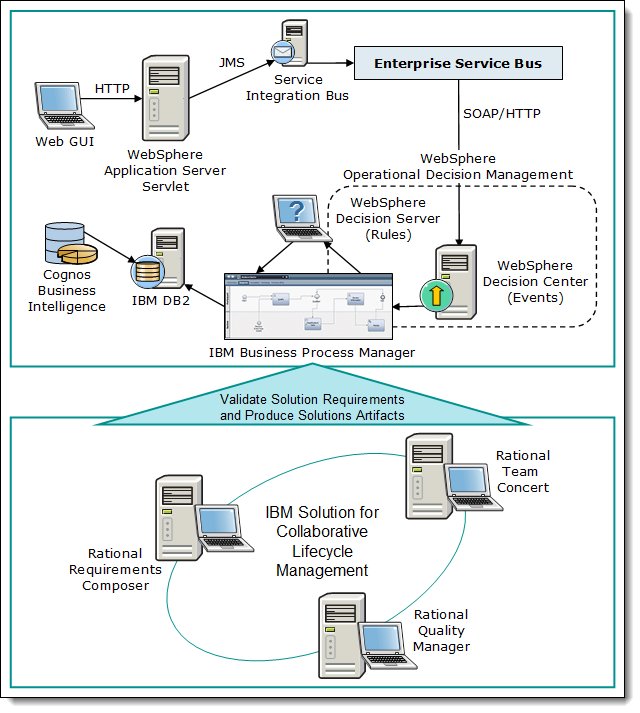
Figure 2. Warranty reporting solution overview
Solution architecture
The warranty reporting solution consists of several IBM products and associated roles.
IBM products used in the solution
Table 1 shows the IBM products that are used in this solution.
Table 1. List of IBM products that are used in the warranty reporting solution
Name | Function within this solution |
IBM Solution for Collaborative Lifecycle Management | Provides seamless integration that connects the work of the analyst, the developer, and the test team with bundled IBM Rational Team Concert™, IBM Rational Requirements Composer, and IBM Rational Quality Manager. IBM Solution for Collaborative Lifecycle Management is used to manage the build, testing, change, and configuration management of the warranty reporting solution. |
IBM InfoSphere® Data Architect | Provides a collaborative data design environment for discovering, modeling, relating, standardizing, and integrating diverse and distributed data assets. InfoSphere Data Architect is used to organize and manage the logical and physical databases that are required by the sample solution. |
IBM WebSphere Operational Decision Management | Provides a comprehensive platform for the management and execution of business rules and business events:
WebSphere Operational Decision Management is used to define the necessary actions to events that are triggered by the warranty reporting process. It enables the solution to automate claims decisions that are based on specified business situations defined in the business process. |
IBM Business Process Manager Advanced | Provides a comprehensive BPM platform. The Advanced edition supports high-volume automation, extensive system integration, and human workflow. The main components of this product are the Process Server, Process Center, Process Designer, and Integration Designer. Business Process Manager is used to implement the business process in the scenario. When business events are passed by WebSphere Operational Decision Manager, business decisions are invoked to satisfy the process. |
IBM Cognos Business Intelligence | Provides mechanisms for querying, reporting, and analyzing data. Provides dashboards and the software to gather and organize information from multiple sources to help make decisions for better business outcomes now and in the future. Cognos Business Intelligence is used to provide insight through the creation of reports that are gathered from the data and events that are collected by the warranty reporting system. |
Software development roles that are associated with the solution
Software development roles define the level of effort that is required from the associated product-specific roles. These main roles are centered around standard project management conventions. The following software development roles are used in this scenario:
- The analyst clarifies customer requirements and manages them by using IBM Rational Requirements Composer.
- The data developer creates the data model and its infrastructure based on solution requirements and then implements both.
- The business developer creates the business processes, decisions, situations, analysis reports, and dashboards according to approved business requirements. The person in this role also designs the integration between the process and business rules, the database, and other components.
- The test engineer describes the test case for the unit test with IBM Rational Quality Manager and IBM Rational Team Concert and for the integration test with IBM Rational Quality Manager. The person in this role also evaluates test cases.
- The project leader organizes and leads the project and communicates with the customer.
Product-specific roles that are associated with the solution
Product-specific roles are detailed roles that are required for each product that is used in the development of the solution:
- InfoSphere Data Architecture
- The data architect is responsible for the data architecture, leading the data modeling to create the Data Definition Language (DDL) and the data design for the database.
- Cognos Business Intelligence
- The Cognos BI administrator administers server environments, creates and maintains metadata, and generates all types of fixed reporting and ad hoc dashboards to meet the needs of the organization.
- Business Process Manager
- The process analyst analyzes the process from a business perspective and leads process improvement when the as-is process is implemented.
- The process participant (SME) provides additional depth and detail on process flows, business policies, and user interface interactions as discovered in user stories.
- The process developer creates and implements process flows, services, business logic, and user interfaces for human workflow tasks (known as coaches in Business Process Manager).
- The integration developer organizes the integration of business processes, business rules, and other back-end systems such as databases, queues, or enterprise resource planning. This role is also responsible for the implementation of an enterprise service bus.
- The software administrator designs and sets parameters, such as custom data storage with the administrative console, and deploys the process application to the run time.
- The solution architect designs the overall solution architecture of the process application, including how interaction between the process layer, the integration layer, and the rules and events should function.
- WebSphere Operational Decision Manager
- The business analyst designs and writes the specifications for business and event rules and validates the executions of each.
- The policy manager analyzes business and event rule execution and maintains each.
- The rule and event author creates and updates business and event rules with the designer tool.
- The software administrator designs, implements, and manages the administrative matters of WebSphere Operational Decision Manager.
- The solution architect designs the overall solution architecture of the business rules application and leads this staff.
Usage scenarios
The products in this scenario have a broad usage as described in this section.
IBM Solution for Collaborative Lifecycle Management
IBM Solution for Collaborative Lifecycle Management (shown in Figure 3) combines Rational Team Concert, Rational Quality Manager, and Rational Requirements Composer into one image. The scenario uses this integrated platform to coordinate software development activities across business and system requirements, design, development, build, test, and delivery.
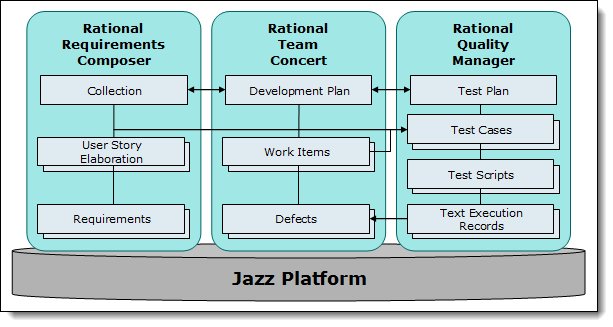
Figure 3. Collaborative Lifecycle Management
InfoSphere Data Architect
In the scenario, InfoSphere Data Architect is used to model the logical and physical data models for the data assets that are used by the warranty reporting solution. Figure 4 shows an example of part of the logical data model.

Figure 4. Logical data model in InfoSphere Data Architect
WebSphere Operational Decision Management
WebSphere Operational Decision Management is the decision management solution that defines the rules for the warranty application. In the warranty reporting solution, decision management capabilities are combined with Business Process Manager to incorporate business rules through a Decision Service, as illustrated in Figure 5.
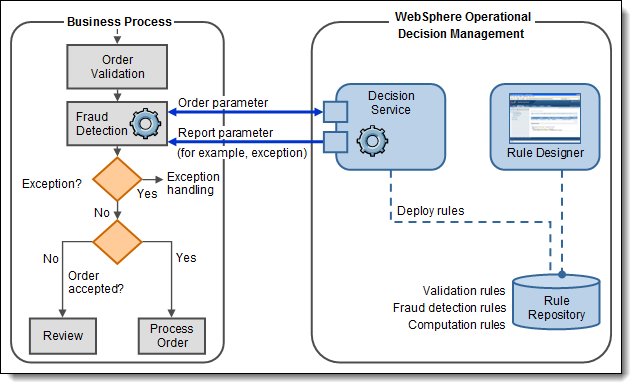
Figure 5. How rules and business processes interact
Business Process Manager Advanced
Business Process Manager models the warranty business process, which manages the core business process flow of the solution and acts as the choreographer of process steps and activities. Business Process Manager also integrates with events and decision management in WebSphere Operational Decision Management to manage the integration between process components and events, database, and decision management components. Figure 1 illustrates the warranty business process.
Cognos Business Intelligence
Cognos Business Intelligence is used to elicit insight through the creation of reports that are gathered from the data and events collected by the warranty reporting system. Figure 6 shows a dashboard from Cognos Business Insight.
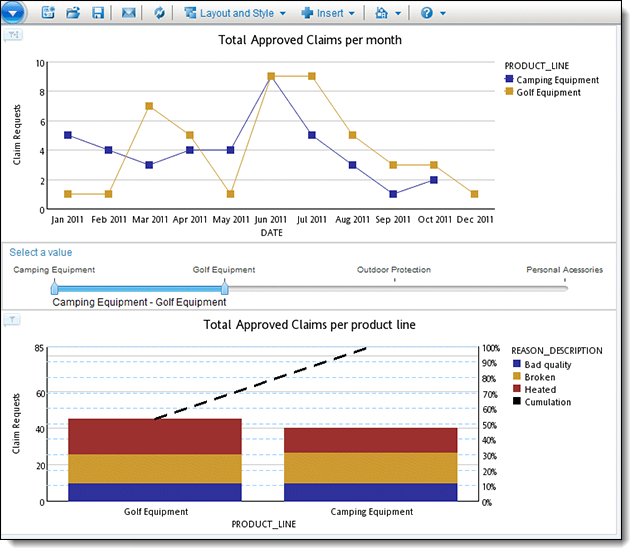
Figure 6. Cognos Business Insight dashboard
Integration
In addition to the IBM products that are already listed, the warranty reporting solution can integrate with the following products:
- Testing with IBM Rational Quality Manager
- Deployment with IBM Workload Deployer
Testing is a key element of software development, and as such, it requires careful planning to ensure proper allocation of time and resources. Rational Quality Manager is a centralized web test environment that helps you plan, develop, execute, monitor, and report test efforts. The default test process that is defined in Rational Quality Manager can be used to test the warranty reporting solution.
Workload Deployer provides the ability to create development, test, and production environments quickly and with less cost and fewer resources in a repeatable and consistent manner. Workload Deployer can be used to deploy a virtual application pattern for the warranty reporting system. Users can create the requisite virtual images for each IBM product that is used in this solution to complete a virtual application pattern for deployment.
Supported platforms
The IBM products in this solution have the following supported platforms:
- Rational Team Concert
http://www.ibm.com/software/rational/products/rtc/sysreq - Rational Requirements Composer
http://www.ibm.com/software/awdtools/rrc/sysreq - Rational Quality Manager
http://www.ibm.com/software/rational/products/rqm/sysreqs - InfoSphere Data Architect
http://www.ibm.com/support/docview.wss?uid=swg27014768 - WebSphere Operational Decision Management
http://www.ibm.com/support/docview.wss?uid=swg27023067 - Business Process Manager
http://www.ibm.com/support/docview.wss?uid=swg27023005 - Cognos Business Intelligence
http://www.ibm.com/support/docview.wss?uid=swg27021368
Ordering information
Table 2 shows the program numbers for the IBM products that are used in this solution.
Table 2. Program numbers
| Program number | VRM | Program name |
| 5724-V04 | 4.0.0 | Rational Team Concert |
| 5724-W87 | 4.0.0 | Rational Requirements Composer |
| 5724-V10 | 4.0.0 | Rational Quality Manager |
| 5724-V15 | 8.1.0 | IBM InfoSphere Data Architect |
| 5725-B69 | 8.0.0 | IBM WebSphere Operational Decision Management |
| 5725-C94 | 8.0 | IBM Business Process Manager Advanced |
| 5724-W12 | 10.1.0 | IBM Cognos Business Intelligence |
Related information
For more information, see the following documents:
- Rational Team Concert
- Announcement letter: http://ibm.co/T3UQ1b
- Sales Manual: http://ibm.co/YL2BgK
- Rational Requirements Composer
- Announcement letter: http://ibm.co/PXG6UR
- Sales Manual: http://ibm.co/UkX8NY
- Rational Quality Manager
- Announcement letter: http://ibm.co/T3XXWS
- Sales Manual: http://ibm.co/RWNyKQ
- InfoSphere Data Architect
- Announcement letter: http://ibm.co/RWNIlt
- Sales Manual: http://ibm.co/U9EnXC
- WebSphere Operational Decision Management
- Announcement letter: http://ibm.co/RFQEq0
- Sales Manual: http://ibm.co/T405hh
- Business Process Manager
- Announcement letter: http://ibm.co/VE8YTb
- Sales Manual: http://ibm.co/T40K2t
- Cognos Business Intelligence
- Announcement letter: http://ibm.co/SC1CKI
- Sales Manual: http://ibm.co/SucYAf
Others who read this also read
Special Notices
The material included in this document is in DRAFT form and is provided 'as is' without warranty of any kind. IBM is not responsible for the accuracy or completeness of the material, and may update the document at any time. The final, published document may not include any, or all, of the material included herein. Client assumes all risks associated with Client's use of this document.
